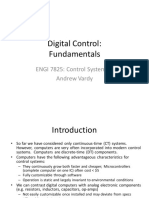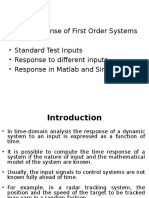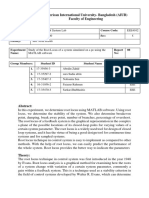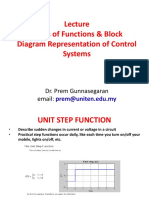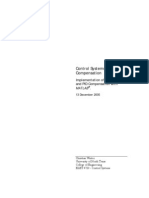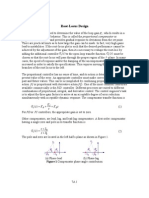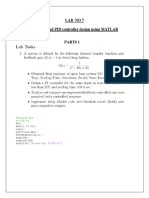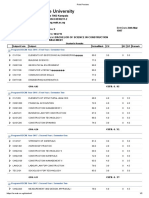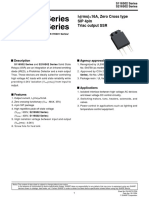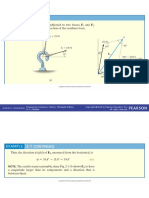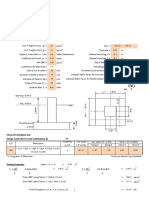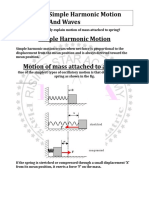0% found this document useful (0 votes)
96 views54 pagesPart 5
The document discusses the design and analysis of various control systems, focusing on PID, PI, PD, and lead-lag compensators. It includes MATLAB examples for designing controllers to achieve specific performance criteria such as zero error in step response, reduced settling time, and improved stability. Additionally, it highlights the effects of different controller types on system dynamics, including overshoot reduction and noise sensitivity.
Uploaded by
Montaser KassemCopyright
© © All Rights Reserved
We take content rights seriously. If you suspect this is your content, claim it here.
Available Formats
Download as PDF, TXT or read online on Scribd
0% found this document useful (0 votes)
96 views54 pagesPart 5
The document discusses the design and analysis of various control systems, focusing on PID, PI, PD, and lead-lag compensators. It includes MATLAB examples for designing controllers to achieve specific performance criteria such as zero error in step response, reduced settling time, and improved stability. Additionally, it highlights the effects of different controller types on system dynamics, including overshoot reduction and noise sensitivity.
Uploaded by
Montaser KassemCopyright
© © All Rights Reserved
We take content rights seriously. If you suspect this is your content, claim it here.
Available Formats
Download as PDF, TXT or read online on Scribd
/ 54





